Table of Contents
Doenjang
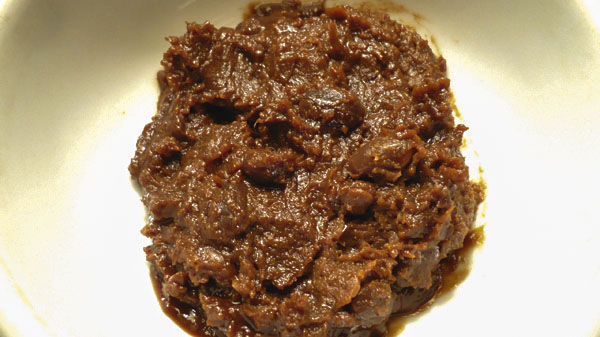
Doenjang is a thick fermented soybean paste that added to vegetables, used as a seasoning and dipping, and is a key ingredient of another sauce, ssamjang. Similar to miso in Japan, doenjang is one of the essential sauces of the Korean cuisine.
It is very common to mix doenjang with gochujang, garlic, and sesame oil to create ssamjang. As a condiment, doenjang can be eaten in raw paste form with vegetables, used to season to meat, or added to added to enhance the broth of jjigae (stews).
Doenjang is produced by boiled dried soybeans and then grinding the beans into a coarse block of paste known as meju.
Meju is also used in the production of other condiments and sauces such as gochujang and ganjang.
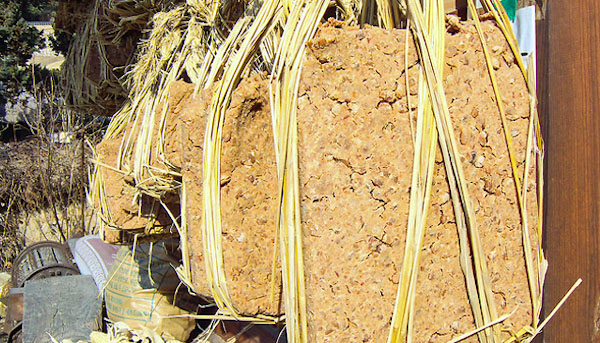
The blocks are then fermented in the sun using dried rice plants. After a few months, the blocks of meju are moved to pottery jars with brine, where they sit to ferment even longer. The completion of the fermentation process produces liquids and solids. The liquid becomes ganjang while the solid becomes doenjang.
Ganjang
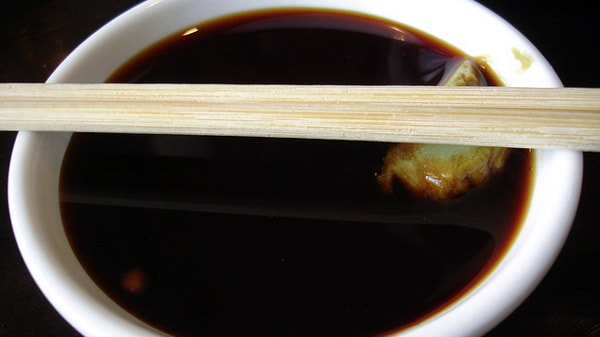
Ganjang is a condiment made from fermented soybeans that is unique to the cuisine of Korea. Ganjang is a type of soy sauce, also known as soya sauce.
The first step in making ganjang is to soak soybeans overnight. Next, the soybeans are boiled. After, the soybeans are ground down into a paste and shaped into a block known as meju. The meju is then dried in the sun for a few months which begins the fermentation process. The blocks of meju are then moved to pottery jars with salt water where they will complete the fermentation process.
The liquid that is produced from fermentation is now known as ganjang. The solid that is produced is known as doenjang.
The finished soy sauce can be used to enhance the flavor of almost every single Korean dish imaginable.
Gochujang
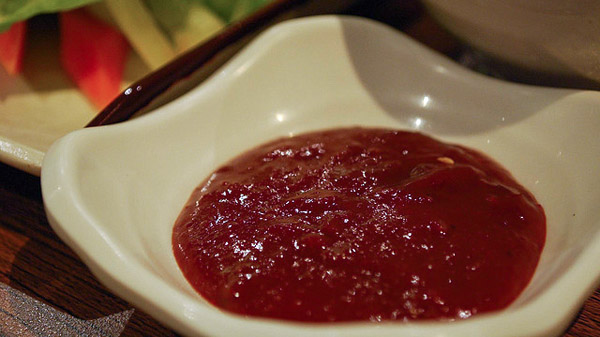
Gochujang is a spicy, savory, and pungent fermented red pepper paste made from dried hot red peppers, fermented soybeans, glutinous rice, water, and salt. All the ingredients are then usually fermented over in large pots outdoors. The time and fermentation enhances the flavor and spiciness of the condiment.
In the 16th century, chilies were brought to Japan from Europe. By the 18th century, these chilies, and their many uses, found their way to Korea. At this time, the condiment was being made by fermenting red chili peppers, glutinous rice powder, and soybean paste and letting it sit in the sun. This process is very similar to the process done today.
Gochujang is often used in many Korean dishes, added as a condiment to add flavor and spice, or used to make new condiments. It is commonly added to jjigae (stews), to meats such as bulgogi, naengmyeon, bibimbap, dak galbi, and tteokbokki.
Gochujang is also the base of other condiments such as chogochujang and ssamjang.
Ssamjang
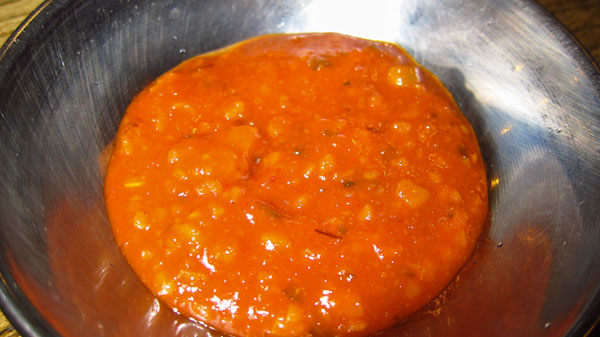
Ssamjang is a thick and spicy paste made using a mixture of gochujang, doenjang, sesame oil, onion, garlic, green onions, and sometimes brown sugar.
Ssamjang is most commonly added to bite sized pieces of grilled meats and other small foods that are wrapped in leafy fresh vegetables such as lettuce and perilla (sesame) leaves.
The person who is eating will take one lettuce or perilla leaf and place it on their hand. They will then place small pieces of grilled meats, such as samgyeopsal or galbi, along with kimchi, rice, garlic, egg, or any other banchan on the center of the leaf.
Ssamjang is then added to everything inside the leaf to add flavor and a kick of heat before it is wrapped up and eaten. This is known as ssam, which literally means “wrapped.”
Other dishes ssamjang are added to include rice, stir fried octopus, tofu, fish roe, and even beans.
Last Updated on Dec 28, 2021